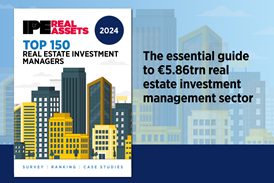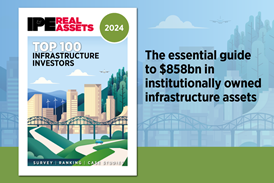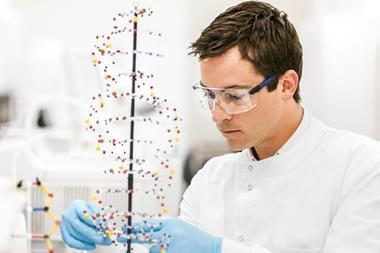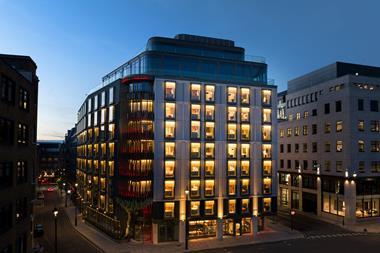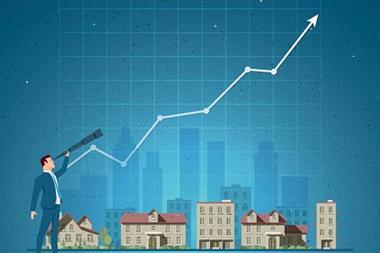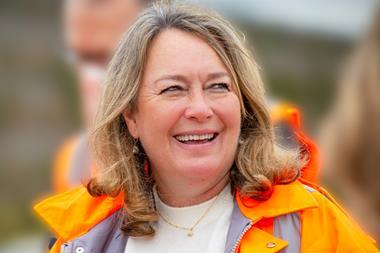A new ‘techno-hub’ is being created on the South Bank of the Thames in London and offices are in great demand, defying post-Brexit uncertainty.
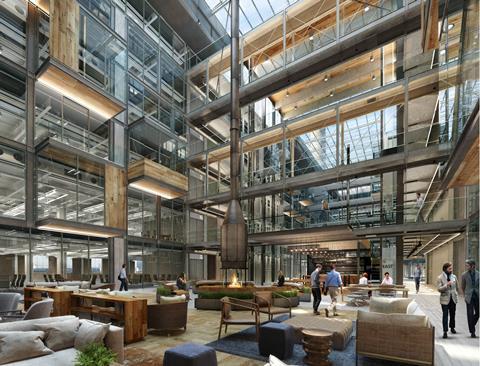
Apple’s announcement at the end of September that it would become the anchor tenant in Battersea Power Station, taking up some 50,000 m2 of office space over six floors, has put the spotlight on the massive mixed-use development.
‘It is the largest office transaction in the West End of the last 20 years, which is very significant in the post-Brexit world,’ said Rob Tincknell, CEO of the Battersea Power Station Development Company (Bpsdc), the man in charge of the multi-billion transformation and regeneration scheme. ‘It brings the biggest brand in the world to one of the most iconic buildings in the world and it will not stop at Apple, because Apple will have a dramatic impact, attracting app manufacturers, tech companies, creatives and start-ups. Battersea will become a techno-hub.’
Transformation project
Battersea Power Station, one of London’s most recognizeable and best-loved landmarks, is in the middle of a huge transformation project over a 17-hectare site. New residential buildings designed by famous architects such as Norman Foster and Frank Gehry are being built around the power station, with the first tenants due to move into Circus West Village, phase one of the development, in January 2017.
The massive structure itself – Europe’s largest brick building – is being turned into a leisure, shopping, events and office complex with a few residential units at the top. It is here, in the Boiler House, a space so big that you could fit St Paul’s Cathedral in it, that Apple has taken up 40% of the available office space, its biggest office outside California.
The US group is set to move to Battersea in 2021, transferring some 1,400 employees from eight offices now scattered around London. Apple has described its new London HQ as its ‘campus’, but other companies see it as the centre of a techno-hub, a thriving cluster of innovative companies.
Flurry of enquiries
It seems that where Apple leads, others want to follow. Bpsdc has had a flurry of enquiries from companies of all kinds – from established groups to start-ups – seeking office space in the Battersea complex, Tincknell said. Interest has been such that the company is now considering altering the mix of the next phases of the project to include more offices and less residential units. The development is due to be completed in 2026, with many buildings yet to be planned and built.
‘Stamp duty hikes, more than Brexit, have hit the residential market, but offices are in great demand so we have been rebalancing the mix and re-focusing on commercial,’ he said. ‘There has been a lot of focus on the residential aspect, but this is a mixed-use development, with 43% of the space reserved for commercial use, and Apple’s decision to move here has helped to remember that.’
